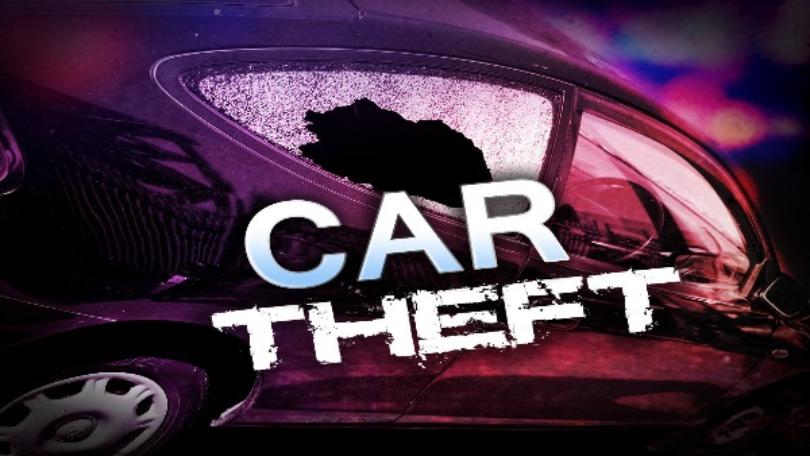The threat of car thefts and hijackings top the scales in terms of stress. No wonder, seeing a shocking 1400 vehicles were stolen each month in 2007 in South Africa.1 It must be great news when your stolen car has been found and returned to you, hopefully in reasonable condition. But the other challenge lies with the paperwork to get the car back.
When can I get my car back?1
The police may have found your car, but you can’t just go to the holding compound and drive it off. ‘Law for All’ says that the car must first be given to the SAPS for clearance at the regional office where your car was first registered.
Why is police clearance so crucial? 1
The first step is for the investigating officer to remove the ‘S stamp’ before you can apply for police clearance. Without police clearance, you will have to deal with some major challenges, such as getting arrested because you are driving a stolen car. You also won’t be able to transfer ownership of your car, nor renew your car license.
In what other instances must police clearance be obtained? 1
A police clearance certificate must be obtained when restoring a car. First, make sure that none of the parts has been stolen. When replacing an engine, you also need clearance because the electronic national administration traffic information system (eNaTIS) needs to update the engine number. Finally, to avoid any possible problems at roadblocks after crossing the border, have a certificate handy that proves the car hasn’t been stolen.
Some final steps to follow1
After obtaining the police clearance certificate, you can approach your local licensing department to add the information to the system. If your car has not been micro-dotted, you will have also to get this applied at the clearance department.
What is micro-dotting?2
South Africa is the only country that uses this technology as a unique type of identification. This technology came into law in September 2012 for any new car and used cars and re-registered cars that have changed ownership. Microdots consist of transparent nickel-plated or polyester discs that are between 0.5 and 1.9 mm in diameter. The disks have been etched with lines of text by a dedicated laser.
How can authorities detect micro-dots?2
Microdots are suspended in a polyurethane-based adhesive or suspended in a solvent that contains a UV-sensitive element. You can detect the microdot by shining UV light onto the car, lighting up the UV-sensitive microdot. The authorities then remove the dot to see what information is written on it. That’s why it is impossible to remove any vehicles from the system because no one knows where the micro-dot is or how to read it.
As if the very act of theft of your car isn’t traumatic enough, you still need to jump through various administrative hoops before you can drive it again. Similarly, it may be tedious for you to study the fine detail of a car insurance contract, but in the end, it is undoubtedly worth the peace of mind to know your car is sufficiently covered? Get affordable car insurance cover with PMD, which includes exceptional benefits like fixed premiums* and a reduce to zero excess*. T’s and C’s apply.
Sources:
2https://www.avts.co.za/microdot-technology/
This article was prepared by Eric Sandmann in his personal capacity. The views and opinions expressed in this article are the author’s own. The views and opinions in the article should not be attributed to anyone but the author unless expressly stated. Nothing in this article should be relied upon as advice, this publication is presented for informational purposes only. No person should act or refrain from acting in reliance on any information found in this article, without first obtaining proper financial advice from the appropriate professional. The author makes no claims, promises or guarantees about the accuracy, or completeness, of any information linked from, referred to, or contained in this article. The author reserves the right, to edit and change the content of this article.
